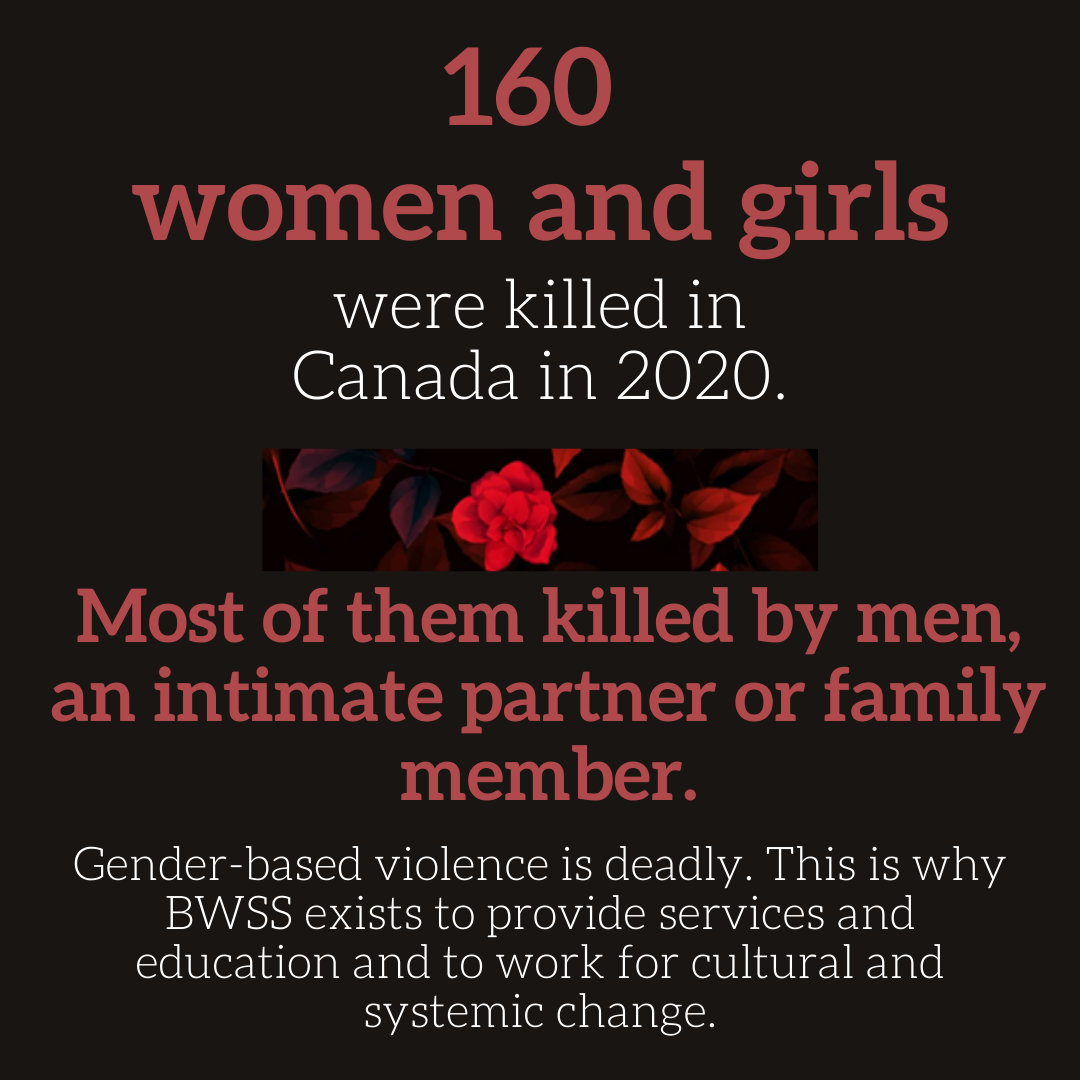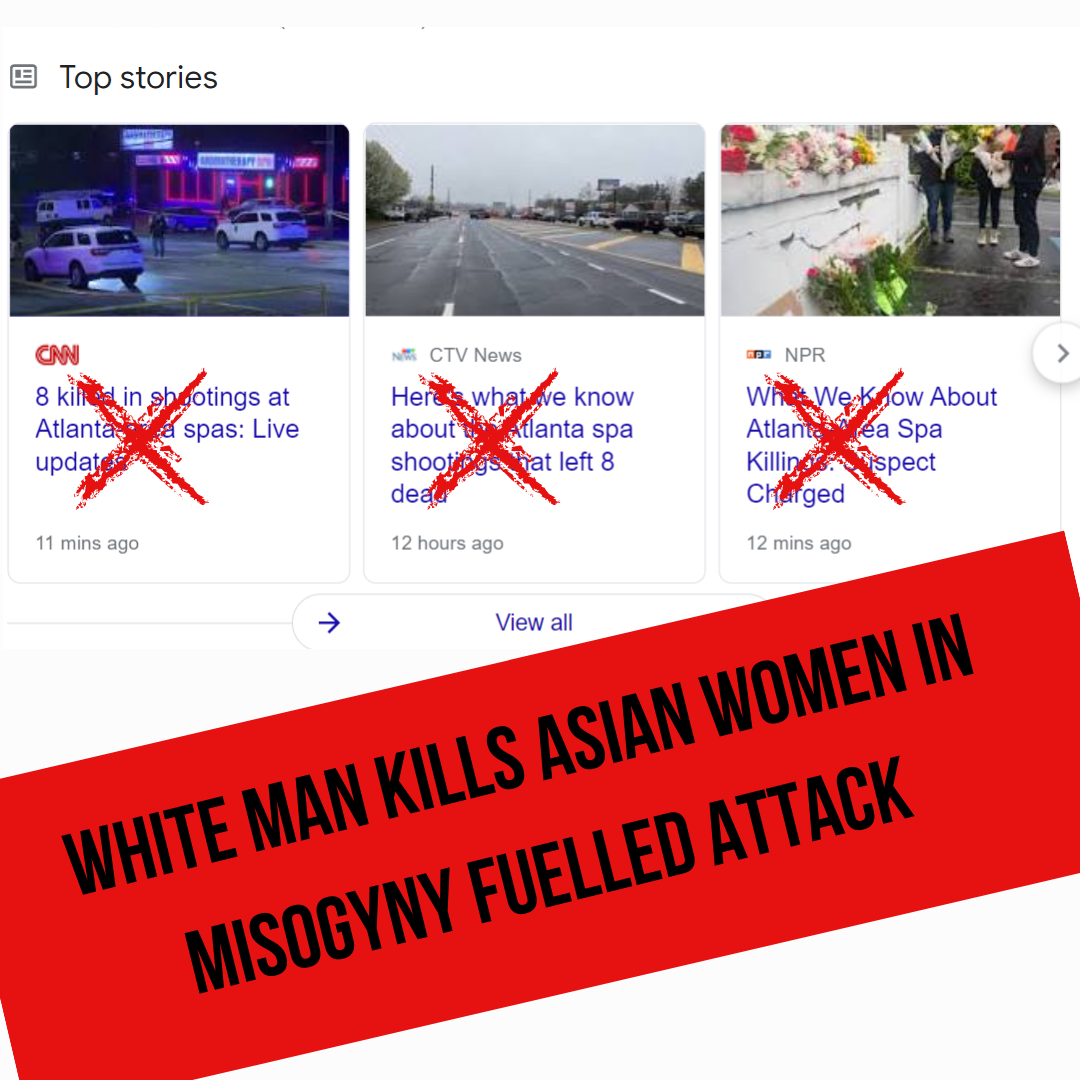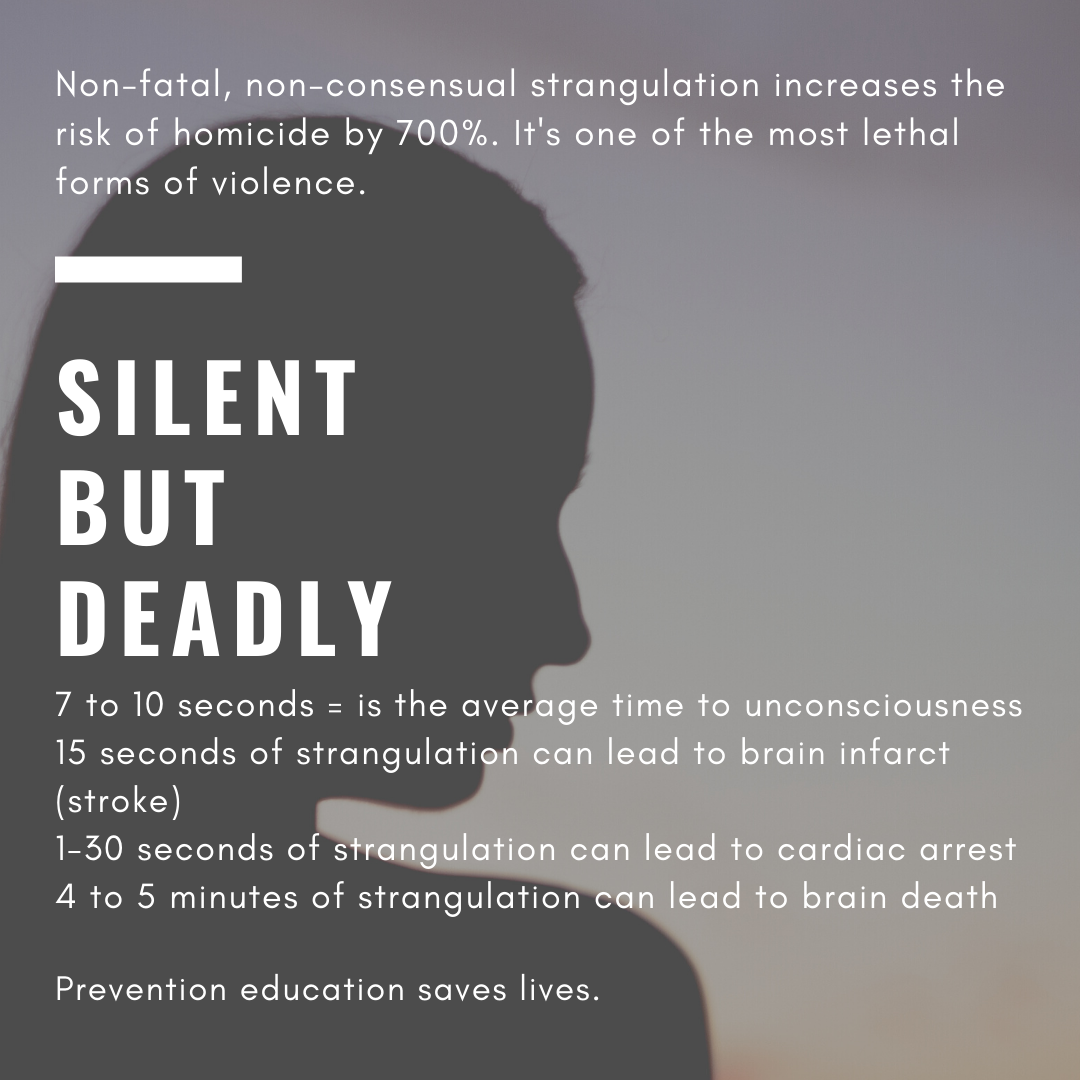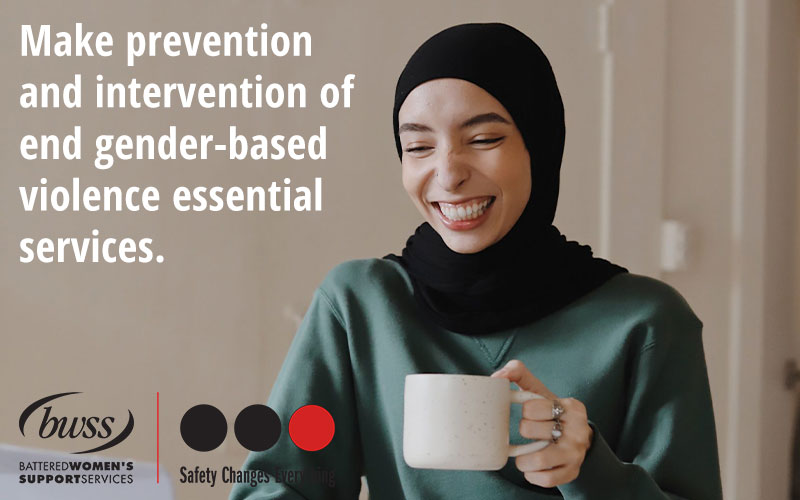31 Actions for Gender Justice: Gender-based violence is deadly. Prevention and intervention are crucial.
We’ve created 31 Actions for Gender Justice to raise awareness, spark conversations and take action that transforms gender and power relations, and the structures, norms and values that underpin them. Every day for the month of March we will highlight an action that advances gender equity and justice for International Women’s Day (IWD).
Gender-based violence is deadly. Prevention and intervention are crucial.
31 Actions for Gender Justice: Day 18
The Canadian Femicide Observatory of Justice and Accountability (CFOJA) released its latest report #CallItFemicide 2020, which focuses on women and girls killed by violence in Canada in 2020 and which aims to increase education and awareness about femicide in Canada.
According the report, a total of 160 women and girls were killed, 128 of them by men in Canada from January 1 to December 31, 2020.
20 women and girls were killed in BC in 2020, up from 2019.
- The highest rates of women and girls killed by men were in the Northwest Territories, Nunavut and Nova Scotia.
- A greater proportion (54%) of women and girls was killed in rural regions of Canada.
- While information on race/ethnicity was not available in many cases, 30 of the 128 women and girls killed by men were indigenous.
When information about the relationship between the women and girls killed and their killer was available, 75% were killed by an intimate partner or family member.
The report discusses the importance of naming, recognizing and documenting femicide and draws attention to data gaps that need to be addressed to prevent the killing of women and girls and any form of gender-based violence.
One of these data gaps is the lack of publicly available data that captures information like sex, gender, age, cause of death, methods of killing, race, relationship and other identity characteristics that can help understand the multiple layers of oppression faced by the women and girls killed. Without this information consistently available to researchers, advocates, service providers and violence prevention organizations, it’s challenging to understand and prevent violence and homicides, particularly in marginalized gender groups.
These are some of the current and emerging research priorities CFOJA describes to prevent gender-based violence and make visible the invisible survivors and victims of violence:
- Intimacy, including coercive-controlling behaviours
- Older women
- Collateral victims
- Urban and non-urban femicide
- Suicide and mental health
- Police use of deadly force
- Missing and murdered Indigenous women and girls
The report emphasizes the importance of information on gender and non-binary identities to better understand crimes against people in the LGBTQ2S community and non-binary folks.
This is why BWSS exists to provide services and education and to work for cultural and systemic change.
Read the full report here: #CallItFemicide 2020










